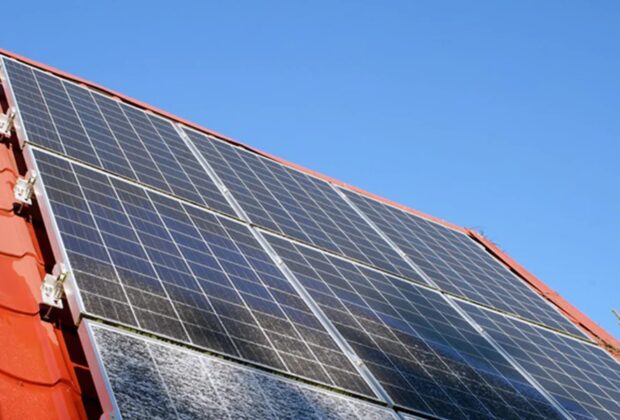Home and business solar panels with battery storage have emerged as a game-changer in renewable energy. This innovative technology harnesses the sun’s power and enables efficient storage of excess energy for later use. This post will look at the benefits and applications of this groundbreaking solution shaping sustainable power’s future.
Harnessing Solar Energy: An Introduction
Solar or photovoltaic (PV) panels are devices designed to convert sunlight into electricity. These panels consist of numerous solar cells that absorb photons from the sun, initiating a process that generates direct current (DC) electricity. This electricity is converted into alternating current (AC) power using an inverter, making it suitable for powering homes, businesses, and entire communities.
Introducing Battery Storage: Unlocking the Full Potential
While solar panels alone can generate electricity during the day, excess energy often goes unused, leading to wastage. This is where battery storage systems come into play. Surplus energy can be stored for later consumption by integrating batteries with solar panels, even when the sun is not shining.
Battery storage solutions act as reservoirs of electricity, ensuring a consistent and reliable power supply. During periods of low solar energy production or high energy demand, the stored power can be tapped into, thereby reducing reliance on traditional energy sources and grid-based electricity.
Advantages of Solar Panels with Battery Storage
Energy Independence
Solar panels with battery storage provide the opportunity to become self-sufficient regarding energy needs. With the ability to generate and store electricity, individuals and communities can reduce their reliance on fossil fuel-based power grids, contributing to a greener and more sustainable future.
Mitigating Energy Costs
Solar panel owners can effectively reduce their electricity bills by utilising stored energy during peak demand hours. Additionally, in regions where net metering is available, excess energy generated by solar panels can be sold back to the grid, resulting in further financial benefits.
Enhanced Reliability
Battery storage systems ensure a continuous electricity supply, even during power outages. This resilience is particularly crucial in areas prone to extreme weather conditions or those with unreliable grid infrastructure.
Reducing Environmental Impact
By harnessing solar energy and minimising reliance on fossil fuels, solar panels with battery storage significantly reduce carbon emissions and contribute to combating climate change. This environmentally friendly solution aligns with the global drive towards sustainability.
Applications of Solar Panels with Battery Storage
Residential Usage
Solar panels combined with battery storage are increasingly being adopted by homeowners seeking to reduce their carbon footprint and energy bills. This solution allows for greater control over energy usage and promotes sustainable living.
Commercial and Industrial Applications
Businesses and industries can benefit from solar panels with battery storage by offsetting their energy consumption and reducing operational costs. Moreover, integrating these systems into commercial buildings helps meet sustainability goals and enhances corporate social responsibility.
Remote and Off-Grid Areas
Solar panels with battery storage are particularly advantageous in remote locations with limited or no access to the grid. These systems provide a reliable and sustainable power source for essential services such as healthcare facilities, schools, and telecommunications infrastructure.
Summary
Solar panels with battery storage represent a remarkable technological advancement that addresses the challenges associated with renewable energy generation and consumption. This innovative solution promotes energy independence, reduces costs, and contributes to a cleaner and more sustainable future by harnessing the sun’s power and effectively storing excess energy. We move closer to a more sustainable planet as we embrace this transformative technology.









